
How to make your garden drought proof, using unglazed clay pots.
Too often plants are left to dry up and suffer, eventually dying. An unglazed clay pot can work as a great, simple irrigation system. It can be buried with its opening at soil level. Covered with a lid, the water will be protected from the sun, and it will slowly seep into the soil. At the same time, if the soil is already wet, osmosis back pressure will prevent it from seeping through and thus overwatering the area; instead reserving the water for when it is needed. This method minimizes the water use, even in the driest area. This can water one square meter of garden or one fruit tree.
Key Takeaways
– Buried clay pots make great decentralized irrigation systems.
-The pots allow water to seep into dry soil, but they will reserve water when the soil is already wet.
-Topped up every 24 hours, one pot can water a square meter of garden or one fruit tree.

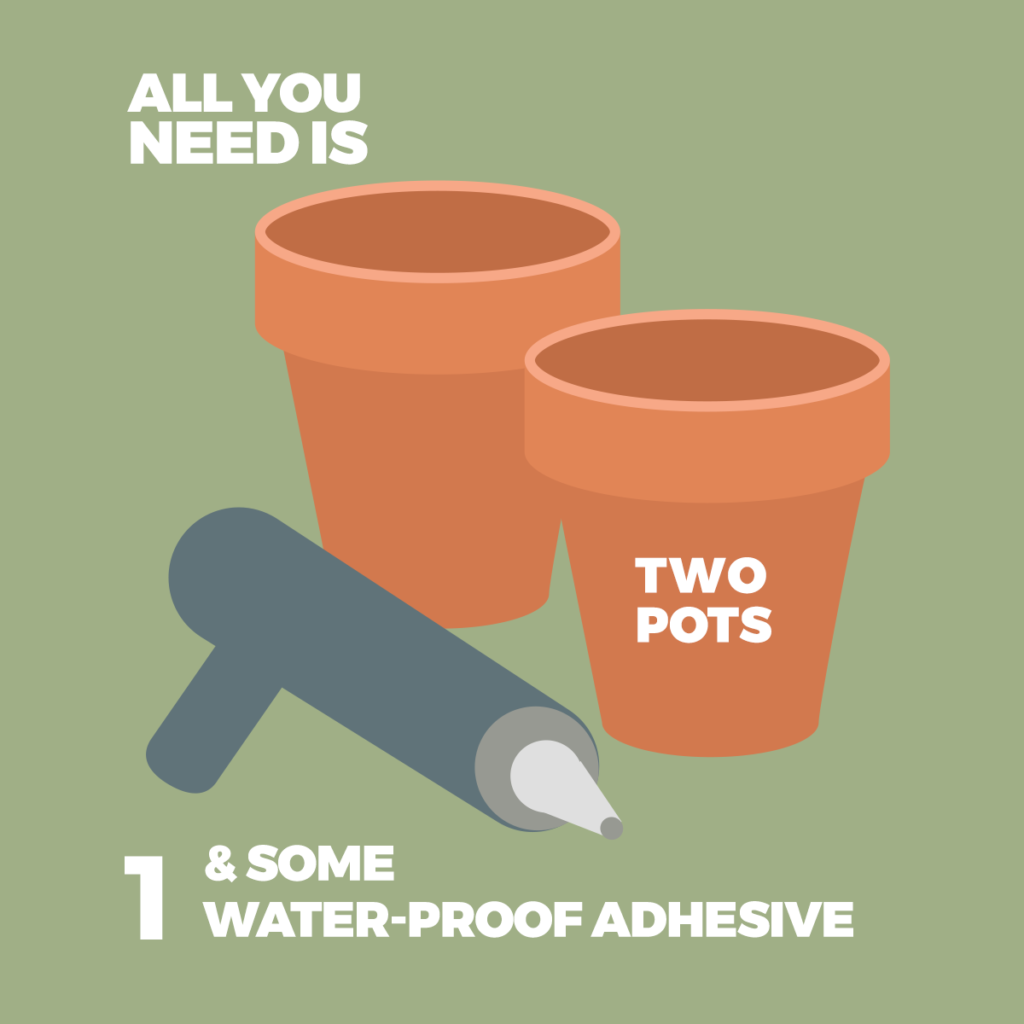

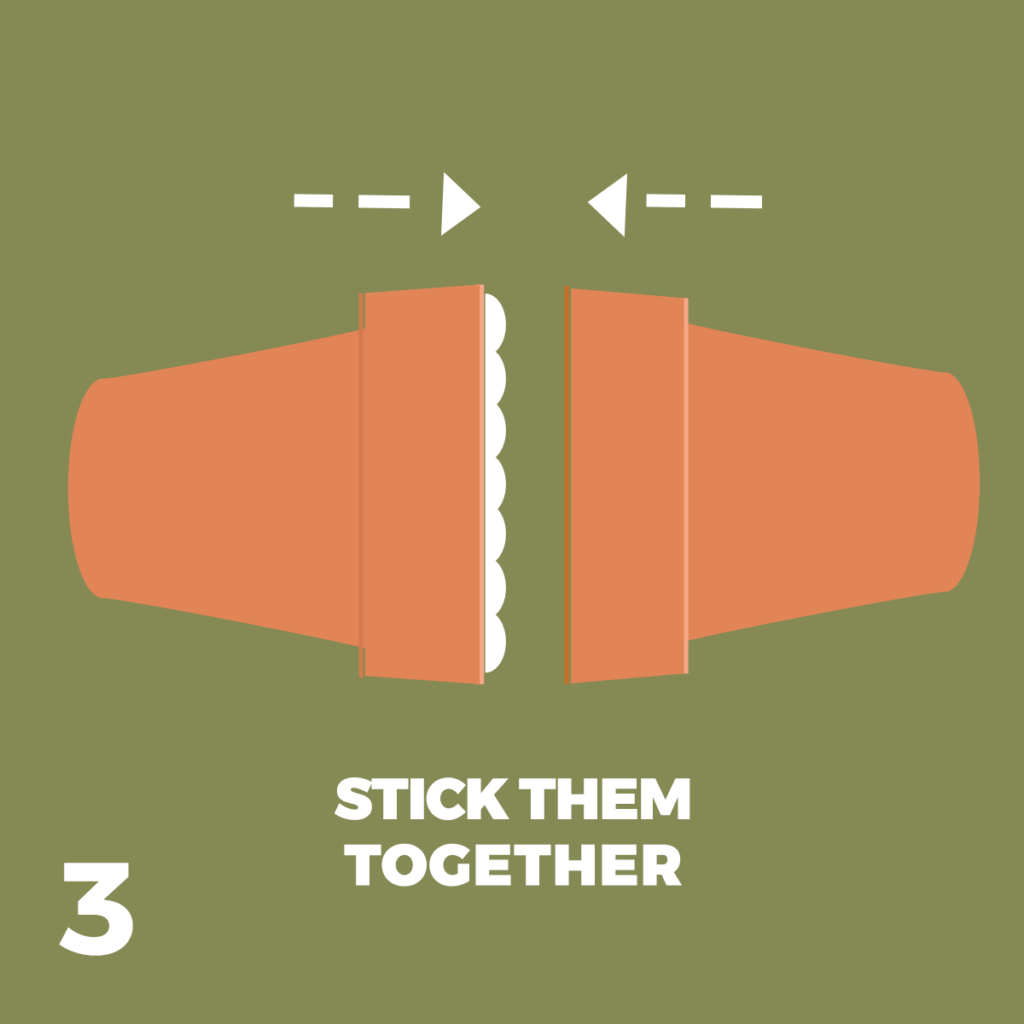
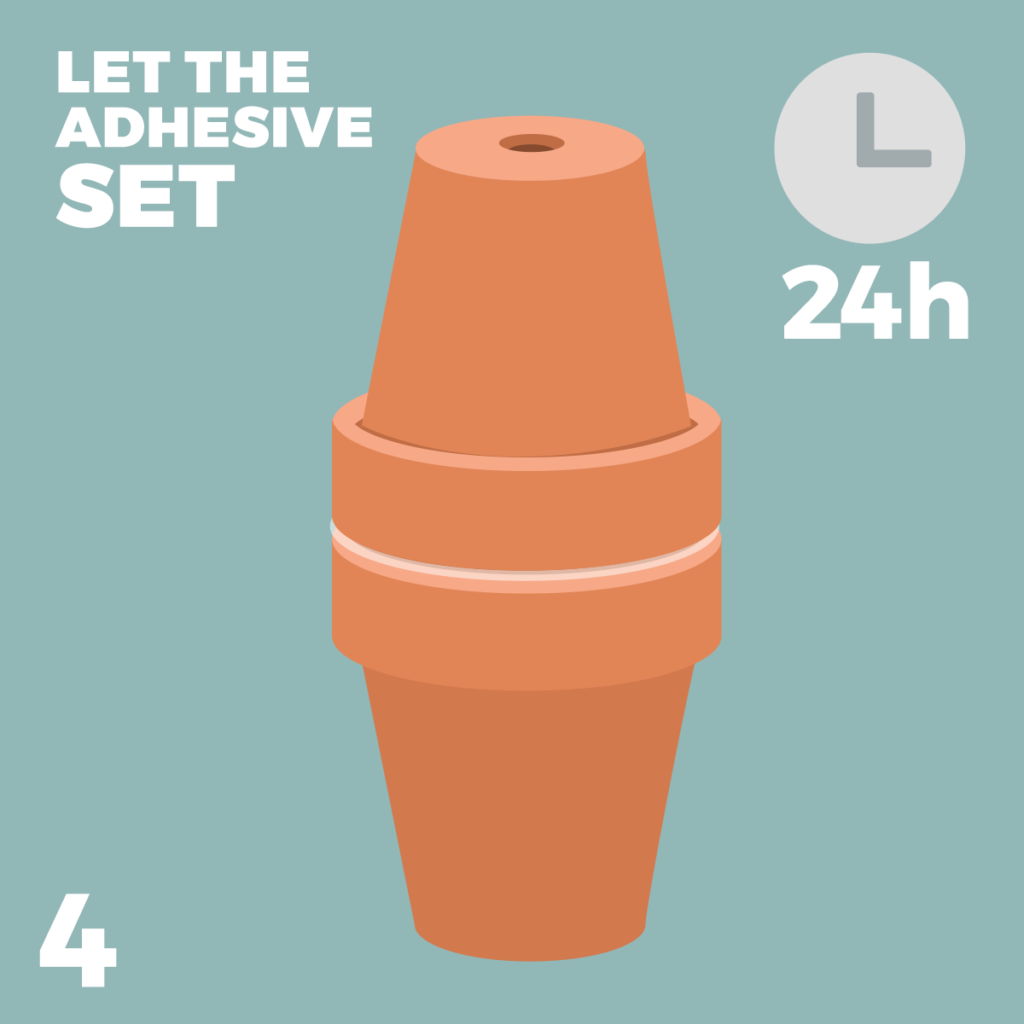

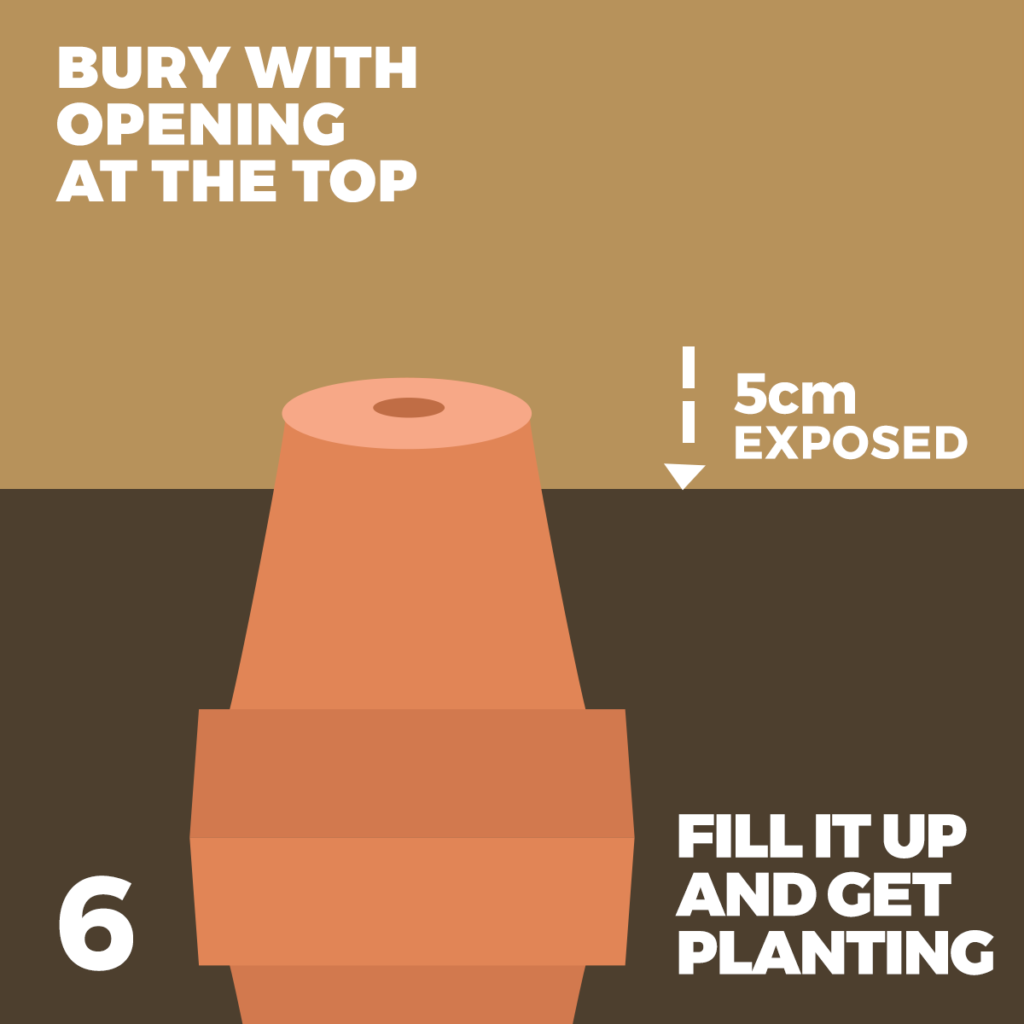

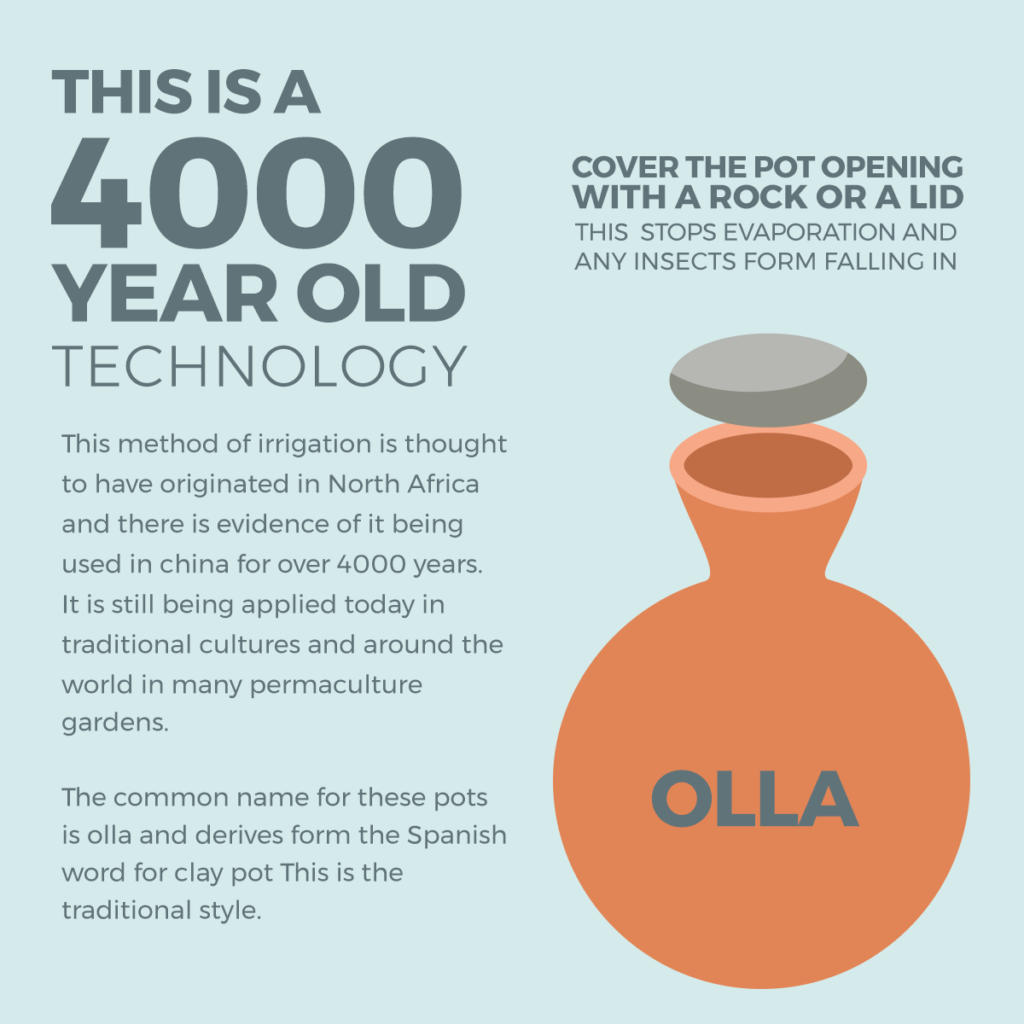

You can watch the Video here.
You need to be signed in or sign up first before you can access the video. You can do that on our homepage geofflawtononline.com













What size are the pots? Pretty important to know! I’m sure different sized pots water different sized areas.
Clay pots, or ollas, do come in different sizes. The bigger the better. Look for something like 11 liters or 2.9 gallons for the largest, and 1.5 quarts or 1.6 liters for the smallest. Anything smaller and you would be filling it up daily, so there is no point in having a watering system.
I live in a fairly wet climate (North Florida 30deg Lat) with 60inches/150cm per year of rain but our sandy soil doesn’t hold water for long in our brutal summers and I have to water every morning in case it doesn’t rain; but if it does rain (2in/5cm thunder showers are common) the soil can end up waterlogged. This may be a perfect solution in a place one would not think could benefit. [old scientist will quibble with use of ‘osmosis’, it is capillary pressure in this case]
Also in N. Fl, did you attempt this and if so, did it work?
Clay pot irrigation works in any soil, technically. How efficiently depends on the soil, which affects how far out the water can travel, which relates to how often the clay pot, or olla, is refilled. Gardeners in N. FL do use ollas successfully. It is best to amend the soil with compost and other natural materials that will hold the water, since sand is technically small rocks, which obviously can’t absorb any water. For this reason, many FL gardeners create raised beds, using bagged soil in the raised bed. That would be easier than mixing sand with bagged soil. Bagged soil has all one needs to grow plants, so mixing it with sand is not beneficial. And a raised bed doesn’t have to be any deeper than the roots of your plant, so literally, felled logs would work, placed in a rectangle or square. Old lumber from a house or commercial space, screwed together would work too, as long as the wood is not treated for outside use. Even bamboo latched together would be a great raised bed. If you choose to use plastic, be sure it is food grade. Happy Gardening!
Anybody have any experience using clay pots in very clay-like and rocky soil? We have a very large project where we are considering the use of clay pots in the desert but not sure how the pots would fare in rocky clay like soil
Wich kind of waterproof adhesive can we use?
Isn’t a source of pollution ?
Lot of thanks.
Very creative and helpful. Your post is worth sharing! :)
We can also put a cork for the hole
This is unscientific garbage. How can “one pot” be guaranteed to water 1 square meter when no explanation is given about the size of the pot or the type of soil?
Good point. If the olla is large enough, say 11 liters or 2.9 gallons, a 4′ x 4′ space can be watered for 3-10 days. To your second point, it’s all about the soil AND the amount of rain fall in the garden. Gardeners who get 25″ or below annually usually have to fill their ollas up every 3 days. Gardeners who get 50″ or above can go for up to 10 days, but usually 5-7, since rain doesn’t always come when the plants are in the ground, ie winter rain is counted in the total. And then soil…sand is not soil, it is small rocks, so water literally runs through it…amend sand a great deal. Clay is very, very tiny, so settles snugly together, preventing water from passing through, so amend clay. The best is soil plus compost and that mixture is up for debate, but I am not a soil expert, so a combo is recommended, since water from the Olla needs to be absorbed into the soil in order for the water to pass outside the olla. I hope this helps!